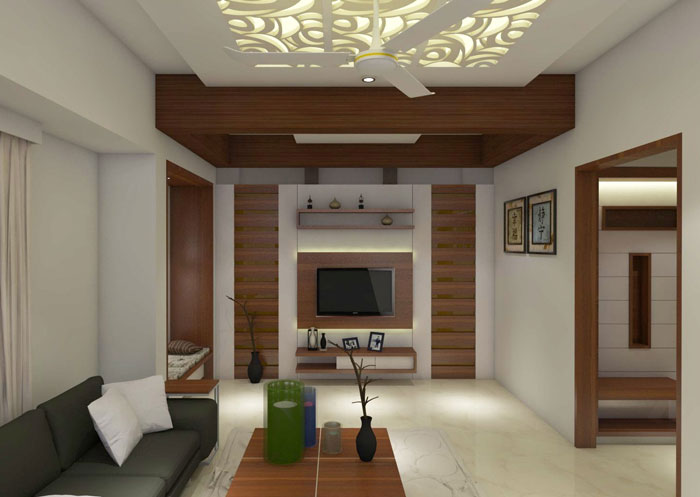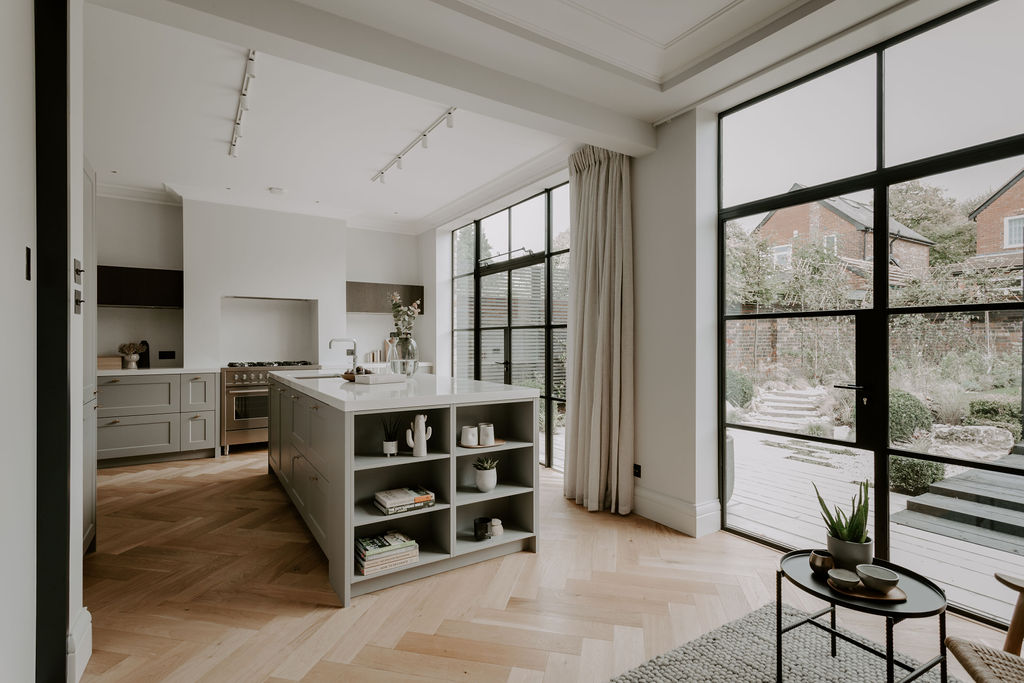Modern Hampshire Design Specialists Specializing in Sustainable Homes
Modern Hampshire Design Specialists Specializing in Sustainable Homes
Blog Article
Optimizing Visual Charm: The Harmony Between Interior Design and Home Designer Techniques
Understanding the subtle interaction between indoor design and home design can dramatically raise the aesthetic allure of a space. This marriage of layout self-controls entails a thoughtful combination of architectural aspects with indoor formats, and a proficient application of concepts such as contrast, rhythm, and equilibrium. As we explore this synergy, we will reveal ways to create useful and aesthetically striking settings that not just show individual design, however also adjust to the dynamic demands of contemporary living.
Understanding the Basics: Specifying Interior Design and Home Architecture
Interior design and home style, commonly intertwined, stand for the structural and visual facets of our space. Interior Design is a multifaceted technique that entails developing practical, risk-free, and visually pleasing spaces inside a structure. It includes components such as furnishings plan, color sychronisation, and accessory selection. On the various other hand, home design largely focuses on the solid framework of a building. It includes producing a useful and visually pleasing framework that stands the test of time. It includes elements such as area preparation, sustainability, and building and construction. Both fields require a deep understanding of human habits, society, and psychology. Each plays an essential function fit our living environments, adding to our total convenience, productivity, and health and wellbeing.
The Synergy Described: Exactly How Indoor Layout and Home Architecture Intersect
Comprehending the harmony between interior layout and home design can unlock a world of creative thinking and functionality. The impact of style on insides is an important element to take into consideration when discussing this junction - Luxury home architect. This discussion will certainly focus on the unifying layout principles that blend these 2 areas into an unified whole
Unifying Style Principles
While it may seem that interior decoration and home architecture are two unique techniques, they are really deeply interconnected, developing a synergy that is important for developing unified space. Unifying style principles are the pillars that facilitate this synergy. The principles consist of equilibrium, rhythm, comparison, harmony, and emphasis. These aspects integrate to provide a natural visual charm. Balance creates a sense of stability, rhythm gives a feeling of motion, consistency makes certain unity, comparison stimulates rate of interest, and emphasis accentuates key components. The critical application of these principles enables a seamless blend of appearances and function, improving the general experience of the room. Fundamentally, these principles function as the bridge, joining interior style and building practices.
Architectural Influence on Interiors
The intertwining of interior decoration and style becomes even more obvious when one takes into consideration the building influence on insides. Building aspects are innate to an area's performance and aesthetics, shaping the design from the start. Columns, arcs, staircases or beam of lights, for example, offer both architectural and decorative objectives. They can separate areas, create focal points or imbue a space with a details ambiance. Consideration of percentage, texture, and light likewise originate from building influences. Ultimately, architecture molds the canvas whereupon indoor designers work. Their harmony is therefore indisputable: architecture develops the structure, which interior decoration improves with color, decor, and appearance. This symbiotic connection makes sure an unified balance in between feature and beauty, optimizing the visual charm of any type of room.
Key Concepts in Harmonizing Interior Design and Home Style
Striking a balance in between performance and aesthetic appeal is an essential facet of harmonizing interior layout and home design. An equally important principle is the combination of lasting design to create environmentally friendly and energy-efficient homes. Finally, understanding and exploring different architectural designs can additionally play a vital function in This Site attaining a harmonious layout.

Stabilizing Capability and Appearance
Balancing capability and looks in interior style and home style becomes one of the extremely important principles to consider. This fragile equilibrium requires a careful blend of functionality and charm, intending to develop areas that are not just aesthetically pleasing yet likewise serve their designated purpose effectively. Appearance boosts the mood and affects the understanding of area, whereas capability guarantees use and convenience. Key to this balance is a thoughtful selection of components such as lights, texture, and color, which should match each various other while offering their specific roles. Just as crucial is the effective arrangement of the area, with a well-planned design adding significantly to the synergy between capability and looks. This harmonious mix eventually enhances the quality of life for the owners.
Sustainable Style Integration
In keeping the stability in between performance and aesthetics, one must additionally take into consideration the assimilation of lasting design principles. This strategy not just improves the visual appeal of a space yet additionally guarantees its durability and decreased environmental impact. An unified combination of interior layout and home design, directed by sustainability, can create rooms that are stunning, practical, and environmentally pleasant.
Checking Out Architectural Designs
While there are a variety of architectural designs to explore, it is vital to recognize that each one lugs its special principles that can significantly affect the harmonization of interior layout and home design. These styles, varying from the ornate Baroque to the minimalist Modernist, carry unique ideologies and looks that, when effectively comprehended and utilized, can develop homes that are not only visually magnificent but likewise sympathetically integrated in terms of layout and architecture. Choosing a building design is not merely regarding individual visual preference; it is regarding selecting a layout language that talks to the home owner's way of life, philosophy, and ambitions, developing a home that is a real reflection of its locals.
Situation Researches: Exceptional Examples of Style and Design Harmony
Looking into check my reference some exceptional study supplies an extensive understanding of exactly how layout and style can sympathetically combine to develop useful and engaging rooms. The legendary Fallingwater house, designed by Frank Lloyd Wright, exquisitely demonstrates this synergy. Wright's layout masterfully incorporates the residence with its bordering landscape, while the indoor mirrors the outside's natural types. One more example is the minimalistic Tadao Ando's Church of Light in Japan. The designer accomplished a best balance between simpleness and dramatization, using raw concrete and light. Inside, the plain, marginal design creates a sense of serenity and spiritual contemplation. These examples highlight the significance of harmony in between interior design and style in attaining aesthetic and functional success.
Practical Tips: Enhancing Your Home's Aesthetic Appeal
Drawing motivation from the situation research studies of architectural and style synergy, home owners also can apply some sensible strategies to enhance their home's visual allure. An unified blend of colors, structures, and illumination can enhance an area, producing a warm and inviting atmosphere. Ultimately, the aesthetic appeal exists in stabilizing capability with layout, developing a home that is both comfortable and attractive.

Future Fads: Just How Modern Techniques Are Changing Interior Design and Style
As the world advances, so do the trends use this link in indoor layout and architecture. Modern methods are significantly focusing on sustainability, integrating environmentally friendly products and energy-efficient layouts. These trends show a change in the direction of layouts that are not simply aesthetically pleasing, yet likewise environmentally mindful, highly advanced, and versatile to transforming lifestyles.
Verdict
Finally, the integration of interior decoration and home architecture techniques is a dynamic approach to enhancing aesthetic appeal. By leveraging vital concepts like contrast, rhythm, and equilibrium, and including aspects of contemporary living, designers can create flexible, visually pleasing environments. With understanding this harmony, property owners can make informed choices that not only raise their home yet also add to their general well-being.
Comprehending the subtle interplay in between interior layout and home design can dramatically raise the visual appeal of a living room.Interior style and home architecture, frequently linked, represent the visual and structural elements of our living rooms.While it may appear that interior layout and home architecture are 2 unique self-controls, they are really deeply interconnected, creating a synergy that is vital for producing unified living areas.The intertwining of interior design and design becomes also extra apparent when one considers the building influence on insides. A harmonious fusion of interior design and home style, directed by sustainability, can create spaces that are stunning, practical, and eco pleasant.
Report this page